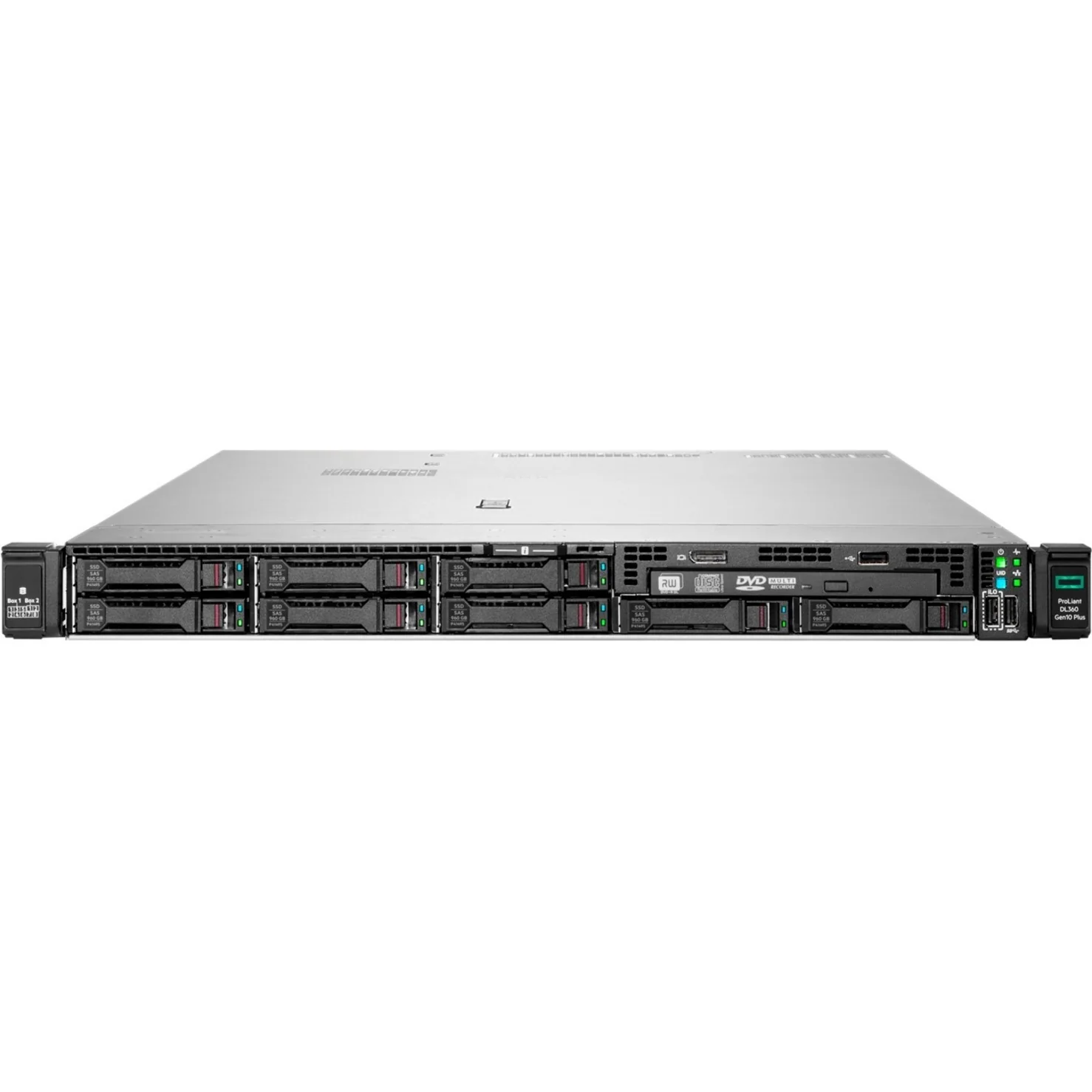हार्ड डिस्क ड्राइभको आवाज
हार्ड डिस्क ड्राइभको आवाज भनेको भण्डारण यन्त्रहरूको सञ्चालनको क्रममा हुने एक जटिल ध्वनि परिघटना हो। यो मुख्यतया घूर्णन गर्ने प्ल्याटर, चल्ने पढ्ने/लेख्ने हेड र मोटरको सञ्चालन लगायतका विभिन्न यान्त्रिक भागहरूको सँगसँगै काम गर्दा उत्पन्न हुन्छ। आधुनिक हार्ड ड्राइभहरू सामान्यतया 5400 देखि 7200 RPM को गतिमा सञ्चालित हुन्छन्, जसले भिन्न ध्वनि हस्ताक्षर उत्पादन गर्छन्। ड्राइभको गति, निर्माण गुणस्तर, माउन्टिङ विधि र सञ्चालन अवस्था जस्ता कतिपय कारकहरूका आधारमा ध्वनिको आउटपुटमा भिन्नता आउँछ। नियमित सञ्चालनको क्रममा प्रयोगकर्ताहरूले विभिन्न प्रकारका आवाजहरू बुझ्न सक्छन्: प्ल्याटर घूर्णनबाट आउने निरन्तर गुड्गुडी, हेड चलाउँदा हुने कहिलेकाहीँको क्लिकिङ र कम्पनसँग सम्बन्धित सम्भावित अनुरणन। यी ध्वनि हस्ताक्षरहरू नै महत्वपूर्ण निदानको संकेतको रूपमा काम गर्दछन्, जसले प्रयोगकर्ता र प्राविधिकहरूलाई सम्भावित समस्या वा सामान्य सञ्चालन पैटर्न पहिचान गर्न मद्दत गर्छ। उन्नत प्रविधिका विकासहरूले ध्वनि कम गर्ने धेरै विधिहरूमा महत्वपूर्ण सुधार ल्याएका छन्, जस्तै तरल गतिशील बेयरिङ मोटरहरू, बढी उन्नत ड्याम्पनिङ सामग्री, र फर्मवेयर नियन्त्रणहरू जसले हेड चलाउने पैटर्नलाई अनुकूलित गर्दछ। उपभोक्ताहरू र व्यावसायिकहरूका लागि हार्ड ड्राइभको आवाजका विशेषताहरू बुझ्नु महत्वपूर्ण हुन्छ, किनकि यसले प्रणालीको डिजाइन, समस्या समाधान र रखरखाव प्रक्रियामा सहयोग गर्छ। हार्ड ड्राइभको ध्वनि प्रोफाइलले यसको विभिन्न अनुप्रयोगहरूका लागि उपयुक्ततालाई प्रभावित गर्न सक्छ, शान्त घरेलु कार्यालयबाट लिएर डाटा केन्द्रहरूसम्मको वातावरणमा जहाँ एकैसाथ धेरै ड्राइभहरू सञ्चालित हुन्छन्।


